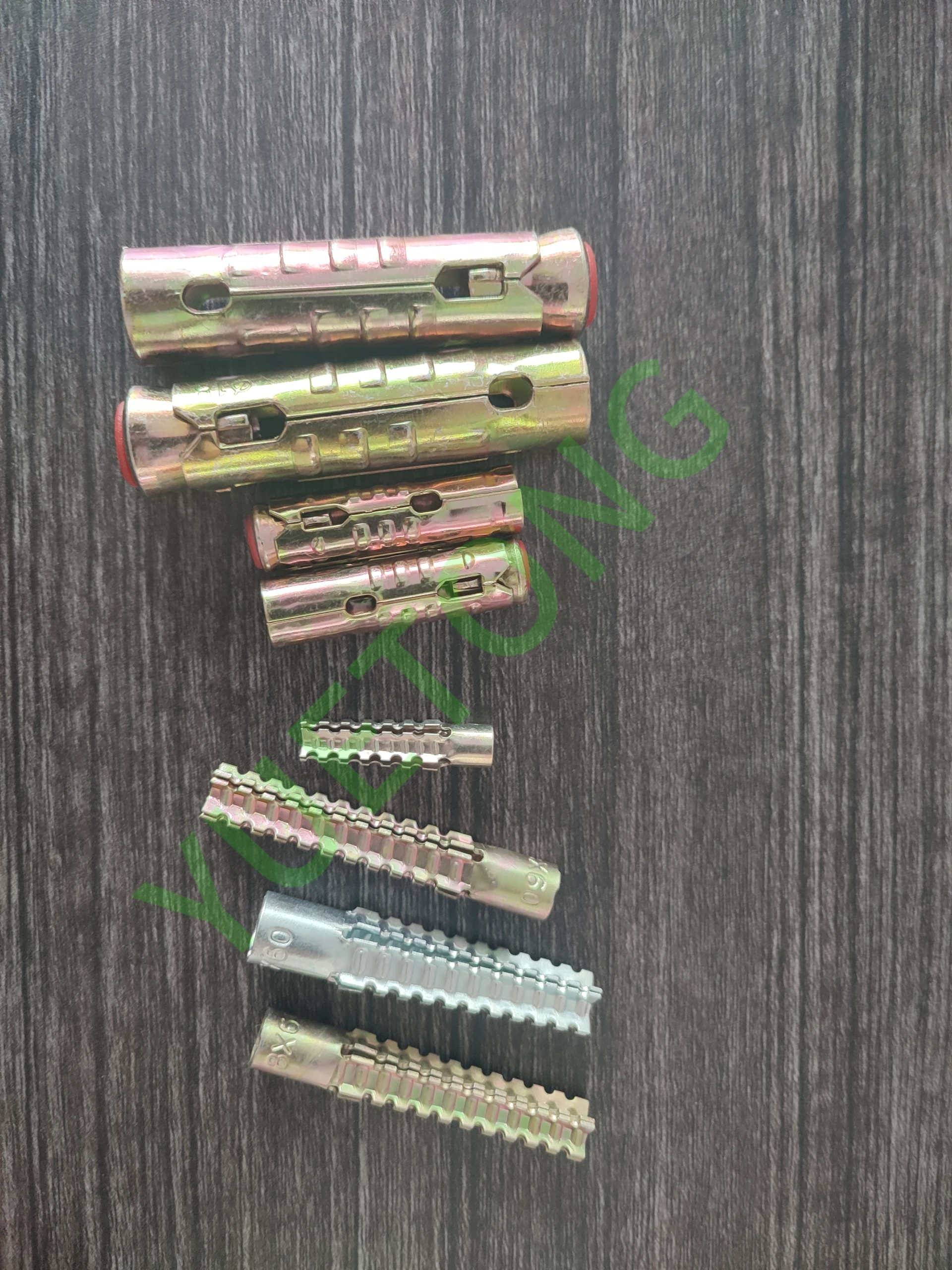Déc . 25, 2024 05:44 Back to list
Understanding and Installing Rigging Eye Bolts for Secure Load Connections
Understanding Rigging Eye Bolts Essentials for Safe Rigging Practices
Rigging eye bolts are crucial components in the world of rigging and lifting. They are specifically designed to facilitate the connection of various lifting and securing apparatus, offering a reliable anchor point in countless applications. Whether in construction, industrial environments, or even in recreational activities like boating, understanding the functionality and application of eye bolts is essential for ensuring safety and efficiency.
What are Rigging Eye Bolts?
Rigging eye bolts are specialized fasteners with a looped head that allows for the attachment of ropes, cables, or chains. Made from robust materials such as steel or stainless steel, these eye bolts can withstand significant loads and pressures, making them ideal for heavy-duty applications. They come in various sizes and designs, including screw eye bolts, which can be threaded into a structure, and ring bolts, which provide a quick anchoring solution.
Types of Rigging Eye Bolts
There are several types of eye bolts, each designed for specific purposes. The primary categories include
1. Screw Eye Bolts These are threaded at the bottom and can be screwed directly into wood or other materials, providing a strong anchorage point.
2. Ring Eye Bolts These feature a circular loop and are typically used for applications requiring quick attachment and detachment of ropes or chains.
3. Shoulder Eye Bolts These come with a shoulder that prevents the eye from being pulled through the material it’s mounted into, offering greater safety when lifting heavy loads.
4. Structural Eye Bolts Designed for high-load applications, often made from high-grade materials to resist deformation and wear.
Choosing the right type of eye bolt depends on the specific application, load requirements, and environmental considerations.
Load Capacities and Safety Factors
rigging eye bolts

One of the most crucial considerations when using rigging eye bolts is their load capacity. Each eye bolt is rated for a specific load limit, which must not be exceeded to prevent failure. The load rating can vary based on several factors, including the material, diameter, and design of the bolt.
It’s vital to consider the safety factor as well. A safety factor of at least 51 is commonly recommended, meaning that the maximum load should not exceed one-fifth of the eye bolt's rated capacity. This provides a margin of safety to accommodate unforeseen stresses and potential weaknesses in the rigging setup.
Installation and Usage Guidelines
Proper installation of eye bolts is essential for ensuring safety. Here are some guidelines to follow
1. Select the Right Bolt Ensure the eye bolt is suitable for the load and the material into which it will be installed.
2. Pre-drilling For screw eye bolts, pre-drilling a pilot hole can help prevent splitting and allows for precise placement.
3. Tightening Ensure the eye bolt is securely tightened but avoid over-torquing, which can lead to thread stripping or material damage.
4. Regular Inspection Periodically check the eye bolts for wear, corrosion, or deformation. Any signs of damage should prompt immediate replacement.
5. Correct Angle of Load When loading, aim to keep the load aligned with the axis of the eye bolt to prevent side loading, which can reduce the bolt's capacity.
Conclusion
Rigging eye bolts play an indispensable role in various lifting and securing applications. Understanding their types, load capacities, and installation methods is paramount for anyone involved in rigging operations. Adhering to safety standards and regularly inspecting equipment can greatly reduce the risks associated with lifting operations. Whether on a work site or in recreational settings, the proper use of rigging eye bolts ensures safety while enhancing efficiency. Being well-informed about these components not only contributes to safer practices but also fosters confidence in performing lifting tasks effectively.


